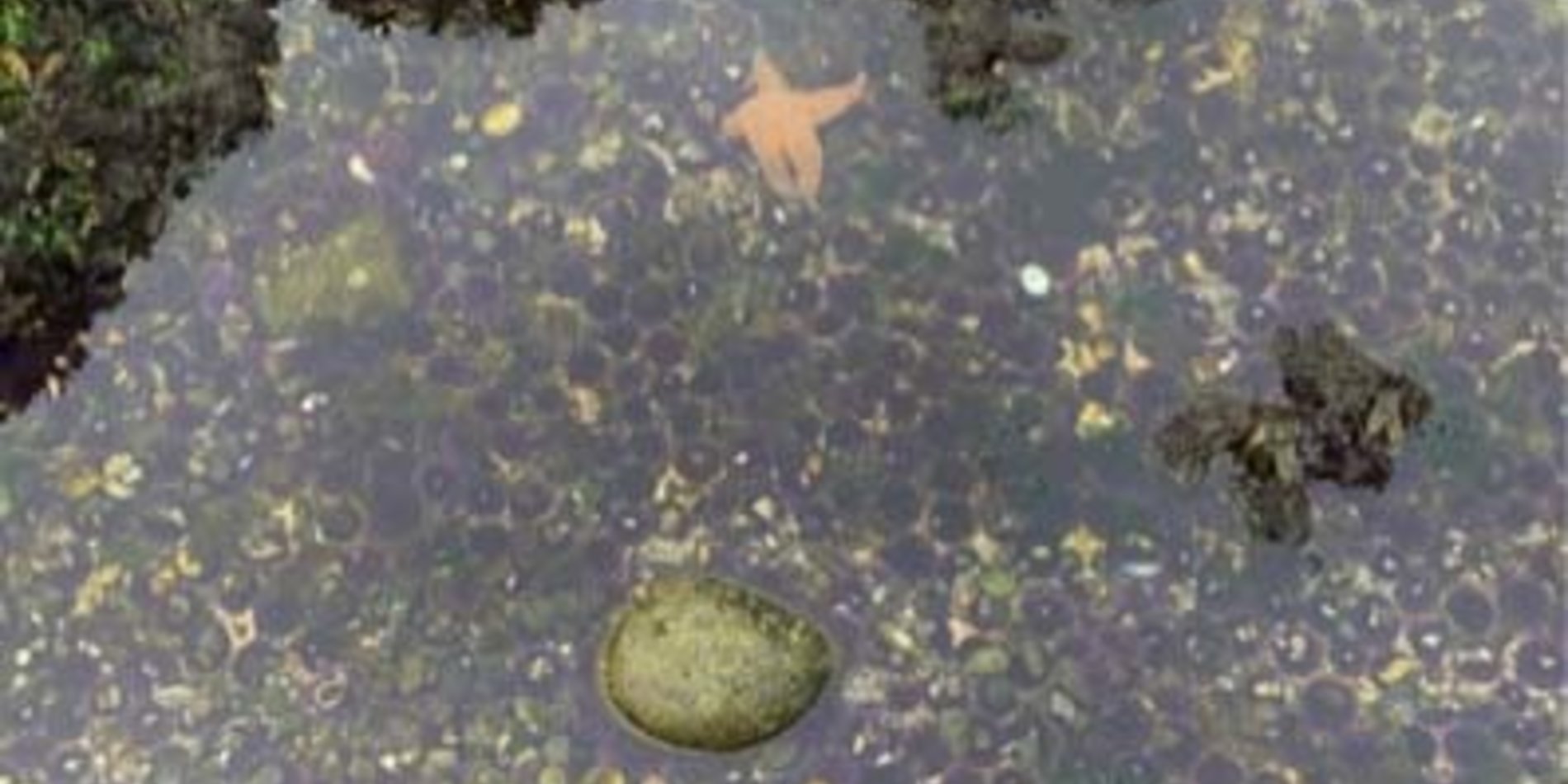New papers on oxygen and evolution in the early Paleozoic

The lab has recently published two new papers on Paleozoic oxygen levels and how they likely affected animal life during the early and mid-Paleozoic. The first paper, published by Sperling and colleagues in Science Advances,was the result of our study of the Road River Group--a spectacular deep-water stratigraphic succession exposed on the Peel River, Yukon, Canada. The study found that bottom waters in the early Paleozoic were commonly anoxic, and were characterized by non-sulfidic conditions; there was a distinct change towards increased euxinia in the Devonian, coeval with the spread of land plants. That paper can be accessed here. The second paper, by Stockey and colleagues, was published in the Proceedings of the National Academy of Sciences, USAand investigated the biological effects of low oxygen in the early Paleozoic. Using a combination of Earth system and ecophysiological models, the paper demonstrated that moderate temperature increases would have had a much more devastating impact on marine communities than during the later Paleozoic or Mesozoic when oxygen levels were higher. This suggests that lower early Paleozoic oxygen levels could have been the cause of high early Paleozoic extinction rates recorded in the fossil record. That paper can be accessed here.



